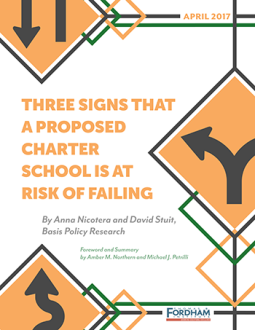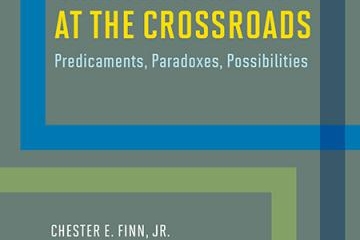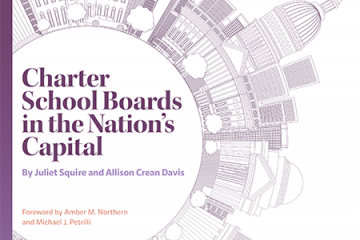It’s well established that some charter schools do far better than others at educating their students. This variability has profound implications for the children who attend those schools. Yet painful experience shows that rebooting or closing a low-performing school is a drawn-out and excruciating process.
But what if we could predict which schools are likely not to succeed—before they’ve even opened their doors? Doing so would mean that authorizers could select stronger schools to open, thereby protecting children and ultimately leading to a higher-performing charter sector overall.
In Three Signs That a Proposed Charter School Is at Risk of Failing, analysts Anna Nicotera and David Stuit investigated that very question, examining more than six hundred charter school applications across four states. They found three “risk factors” in approved applications that were significant predictors of a school’s future weak performance in its first years of operation:
- Lack of identified leadership: Charter applications that propose a self-managed school without naming a school leader.
- High risk, low dose: Charter applications that propose to serve at-risk pupils but plan to employ “low dose” academic programs that do not include sufficient academic supports, such as intensive small-group instruction or extensive individual tutoring.
- A child-centered curriculum: Charter applications that propose to deploy child-centered, inquiry-based pedagogies, such as Montessori, Waldorf, Paideia, or experiential programs.
Further, when an application displayed two or more of these risk factors, the likelihood of low performance rose to 80 percent.
The study also found that the following indicators, among others, made it more likely that an application would be rejected entirely:
- A lack of evidence that the school will start with a sound financial foundation;
- No description of how the school will use data to evaluate educators or inform instruction;
- No discussion of how the school will create and sustain a culture of high expectations; and
- No plans to hire a management organization to run the school.
The appearance of these risk and rejection factors should lead to considerably deeper inquiry, heightened due diligence, and perhaps a requirement for additional information. These results are meant to enhance an authorizer’s existing review procedures—not to discourage innovation and experimentation within the charter realm going forward.
Deciding whether to give the green light to a new charter school is a weighty decision. This report gives authorizers, operators, and advocates one more tool in their toolkit.





